Songho Beach (송호해수욕장)
15.1Km 2021-11-23
1827, Ttangkkeutaean-ro, Haenam-gun, Jeollanam-do
+82-61-532-1330
Songho Beach is the most representative beach in Haenam and was named so for its dense old pine trees, fine sand, and shallow water resembling a lake. The fine sand and shallow waters make it the perfect beach for families. Hundreds of pine trees create a scenic forest reaching almost 1 kilometer along the levee which provides a suitable camping site under in the forest. The Ttangkkeut Trail that starts from Songho Beach auto-campgrond connects to Galsan Village and Ttangkkeut Tower.
The windbreak pine forest in Songho-ri, Haenam is designated as Jeollanam-do Natural Monument, consisting of at least 600 pine trees aged 200 years that play a vital role in the coastal shelterbelt.
Haemaru healingsoup (해마루 힐링숲)
15.4Km 2024-12-24
108-35 , Donghae-gil, Haenam-gun, Jeollanam-do
+82-10-2332-6303
Nohwado Island (노화도)
17.5Km 2022-06-20
813, Nohwa-ro, Wando-gun, Jeollanam-do
+82-61-550-5152
Nohwado Island, a stopping point en route to Bogildo Island, is well known for its abalone and mussel production. The island produces 70% of Korea's cultivated abalone, and offers seashell harvesting programs. Other attractions include Nohwa Red Sea, Geuknaksa Temple, and the 450-year-old hackberry tree.
Soando Island (소안도)
17.9Km 2021-11-12
Soan-myeon, Wando-gun, Jeollanam-do
+82-61-550-5609
Soando Island was settled by the Oh Family of Dongbok and the Kim Family of Gimhae, who moved to the island during the Imjin War. It was a very patriotic island during the Japanese occupation, stated to have flown the Korean flag all-year round. Patriots like Song Nae-ho, who fought hard for Korean independence, are remembered on the island at Soan Independence Movement Hall.
In addition, Mira-ri and Maengseong-ri Evergreen Forests, which have been designated as Natural Monuments No. 339 and No. 400 respectively, offer a breathtaking ocean view. Mira-ri Evergreen Forest, in particular, is famous for its unique mudflat pebbles. The waters around the island are also popular among fishermen nationwide.
Seoladawon (설아다원)
18.0Km 2024-12-24
153-21 , Samseong-gil, Haenam-gun, Jeollanam-do
+82-61-533-3083
Seola Dawon is a hanok stay at the foot of Mt Duryun in Haenam, Jeollanam-do. It began as a tea plantation whose owner wanted to pass on his love for traditional tea culture to the next generation. Many visitors came and they needed accomodation, so the owner built a small stone guest room. Now there are 8 guestrooms, including a clay house, a timber frame house, and an earthbag house; while the work of promoting tea cultivation and culture continue.
Jungni Beach (중리해수욕장)
18.2Km 2021-07-14
Jungtong-ri, Wando-gun, Jeollanam-do
+82-61-550-6625
Jungni Beach is the best beach for swimming in the sea on Bogildo Island. The white sandy beach is long and the depth of the water is shallow enough for people to enjoy, even at 200 meters into the water. The beach is also lined with pine trees that provide shade from the hot sun. The road to the beach is also paved, making it easy to reach.
Within a little distance from Jungni Beach there is a small and beautiful beach called Tongni Beach. The silver sand is lined with pine trees and the water is shallow. During summer, visitors can access the shower booths, water fountains, and convenience store at Jungni Beach and Tongni Beach. Accommodations and restaurants can be found in the nearby village. Approximately 1.5 kilometers away, there is an evergreen forest (Natural Monument No. 40) and a river with large black rocks stretching 1 kilometer.
Haenam Forest Arboretum (4est 수목원)
18.2Km 2025-10-27
San 1-33, Hwangsanri, Hyunsan-myeon, Haenam-gun, Jeollanam-do
◎ Travel information to meet Hallyu’s charm - "One Day Off"
Haenam Forest Arboretum, where Park Ha-kyung met Jung-ah (who was practicing silent meditation), offers stunning landscapes throughout the seasons. The popular Hydrangea Festival, which showcases blooming hydrangeas, is a must-visit, especially during the summer.
Maryang Port (마량미향(마량항))
19.5Km 2024-02-16
150 Mihang-ro, Maryang-myeon, Gangjin-gun, Jeollanam-do
Maryang Port, situated along the pristine waters linking Wando Island, the Dadohae islands, and Jeju, is a notable destination. From April to October, it becomes the venue for the Maryang Nolto Fish Market every Saturday. This market is celebrated for its lavish food selections and the spectacle of raw fish being expertly sliced before visitors. Adjacent to the port, an observatory provides sweeping views of the stunning Gangjin seas. Additionally, the nearby Kkamakseom Island, recognized as a Natural Monument, is visible from this vantage point, adding to the area's allure.
Jiri Beach (지리해수욕장)
19.8Km 2021-07-14
1462-58, Cheongsan-ro, Wando-gun, Jeollanam-do
+82-61-550-6495
Jiri Beach offers a beautiful view of the sunset and is regarded as one of the best beaches on Cheongsando Island. With its clean, shallow waters and fine white sand, it is a great vacation spot for families. The beach stretches for 1 kilometer, is 100 meters in x_width, and is bordered by over 500 ancient pine trees that provide natural shade from the sun. The waters of Cheongsando Island teem with fish, earning the island a reputation as one of Korea’s major sea fishing sites.
Daeheungsa Temple [UNESCO World Heritage] (대흥사[유네스코 세계문화유산])
19.9Km 2025-10-23
400, Daeheungsa-gil, Samsan-myeon, Haenam-gun, Jeollanam-do
+82-61-534-5502
Daeheungsa Temple, located on Duryunsan Mountain, is said to have been founded by Monk Ado in the 22nd year of King Seong of Baekje. In 2018, it was inscribed on the UNESCO’s World Heritage List as part of the “Sansa, Buddhist Mountain Monasteries in Korea.” Also known as a temple where the spirit of Buddhism for national protection remains alive, Daeheungsa Temple served as the main base for monk soldiers led by Seosan Daesa during the Japanese invasions of Korea. Later, Seon Master Choui, who believed that the truth of the Buddha and the joy of meditation could be found in tea, built Iljiam Hermitage in the valley of Daeheungsa Temple. There, he devoted himself to solitary practice for more than 40 years, earning the temple recognition as a sacred site of Korea’s tea culture. Situated in a wide mountain basin, Daeheungsa Temple displays a unique layout. Geumdangcheon Stream runs through the grounds, dividing the buildings into North and South Precincts. Unlike standard temple layouts, these buildings are arranged freely, creating a distinctive spatial composition. Set farther back behind the South Precinct are the Pyochungsa Shrine, dedicated to Seosan Daesa, and Daegwangmyeonjeon Hall within Donggukseonwon Temple. Among the treasures of the temple is the Rock‑carved Seated Buddha at Bungmireugam Hermitage, designated as a National Treasure. Seosan Daesa Relics Hall houses 24 cultural artifacts, including royal gifts from King Seonjo, such as a jade alms bowl and a jadeite (green jade) alms bowl, along with Seosan Daesa’s calligraphy, sedan chair, shoes, and Buddhist scriptures written in gold and silver.
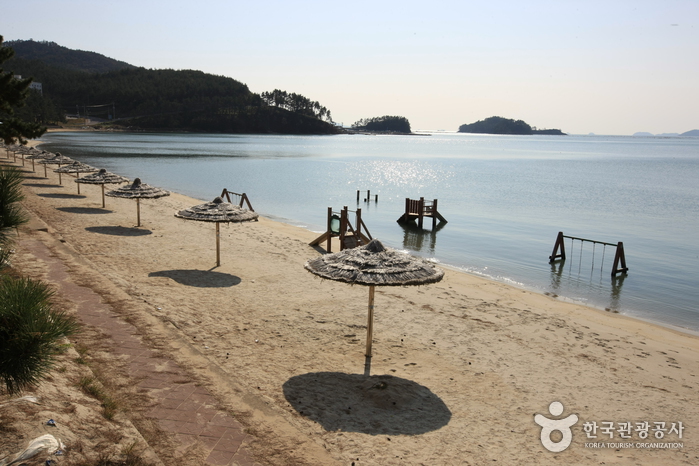
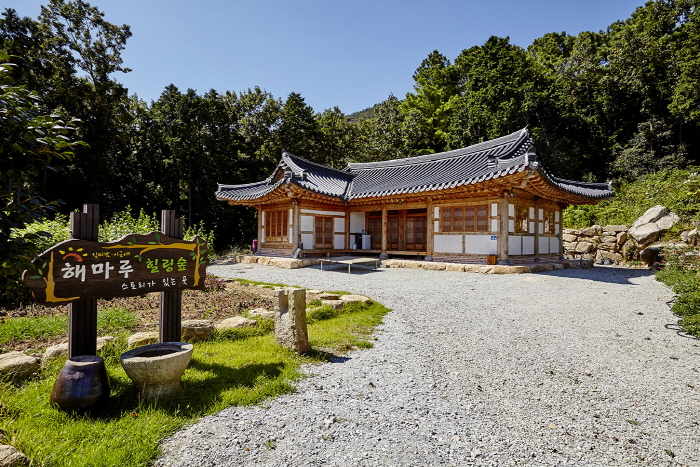

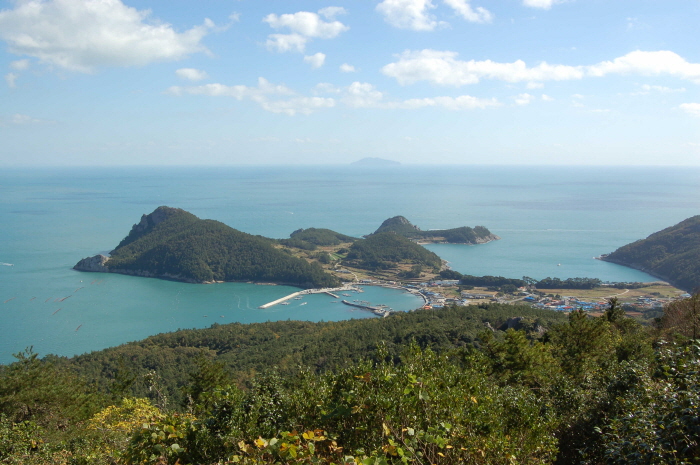
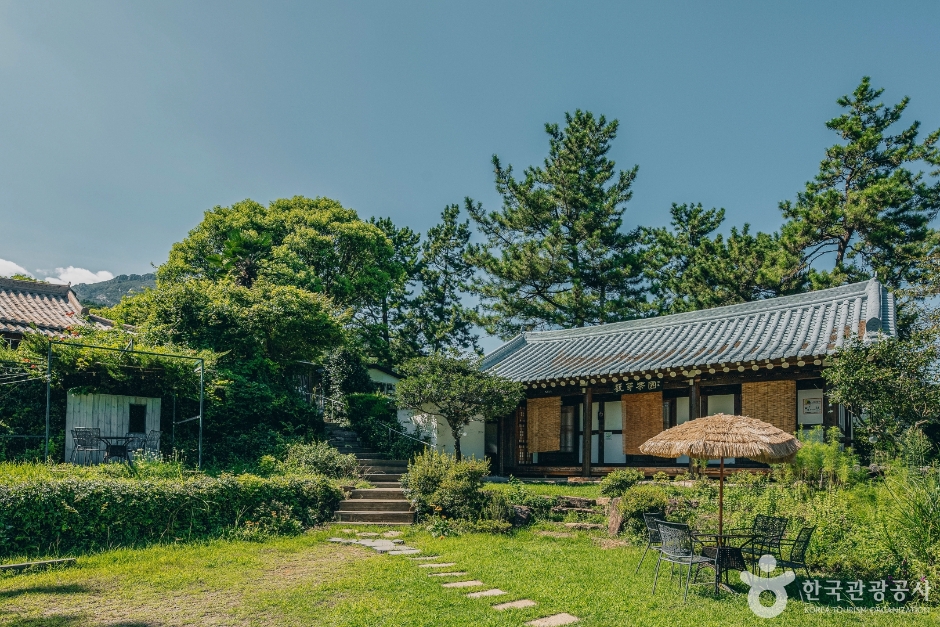
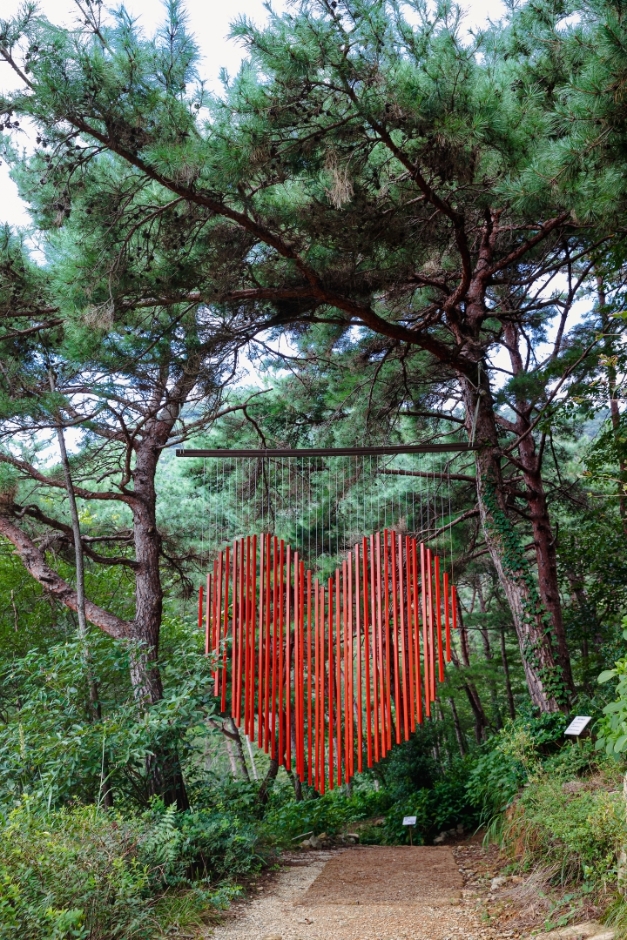
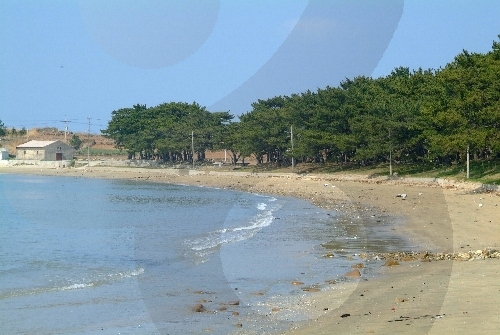
![Daeheungsa Temple [UNESCO World Heritage] (대흥사[유네스코 세계문화유산])](http://tong.visitkorea.or.kr/cms/resource/09/1929609_image2_1.jpg)
 English
English
 한국어
한국어 日本語
日本語 中文(简体)
中文(简体) Deutsch
Deutsch Français
Français Español
Español Русский
Русский